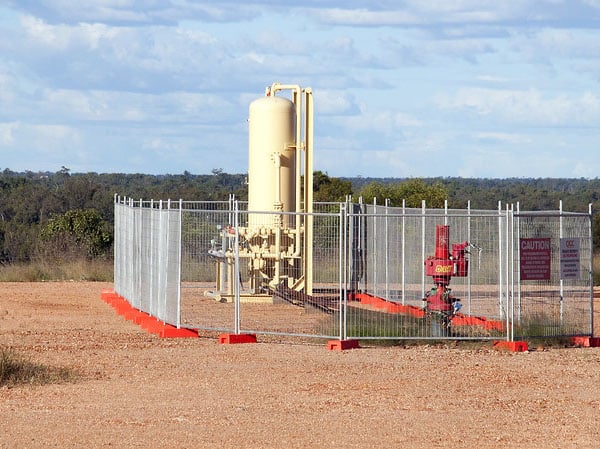The difference is that during rainfall periods there is a source of water near surface which will lead to the displacement of air as the ground becomes wetter. In such circumstances the water will go down and displaced air must come up. This upwards movement of air is unlikely to be evenly distributed but rather to occur through fingers of drier ground. The possibility exists for positive pressures to be developed in soils during periods of heavy rain and this is one of the explanations for sudden mud slides in what had been stable ground.
Because the pressure of air within soil is atmospheric and there is a capillary pressure difference between the air and the water pressure (which is a function of the capillary pressure behaviour of the soil and its saturation), the water within the soil may be at a much lower pressure than air pressure. This pressure may extend to many atmospheres below zero pressure. While this may seem impossible, it should be appreciated that this water does not boil off because of the way in which it is bound to the soil.
The measurement of such low water pressures is difficult. Pressure measurement is generally limited to pressures above absolute zero by the nature of the instrumentation.
The unsaturated zone of a soil is in many ways the most important part of the ground to society as it is the zone in which most terrestrial plants grow and agriculture depends.
















